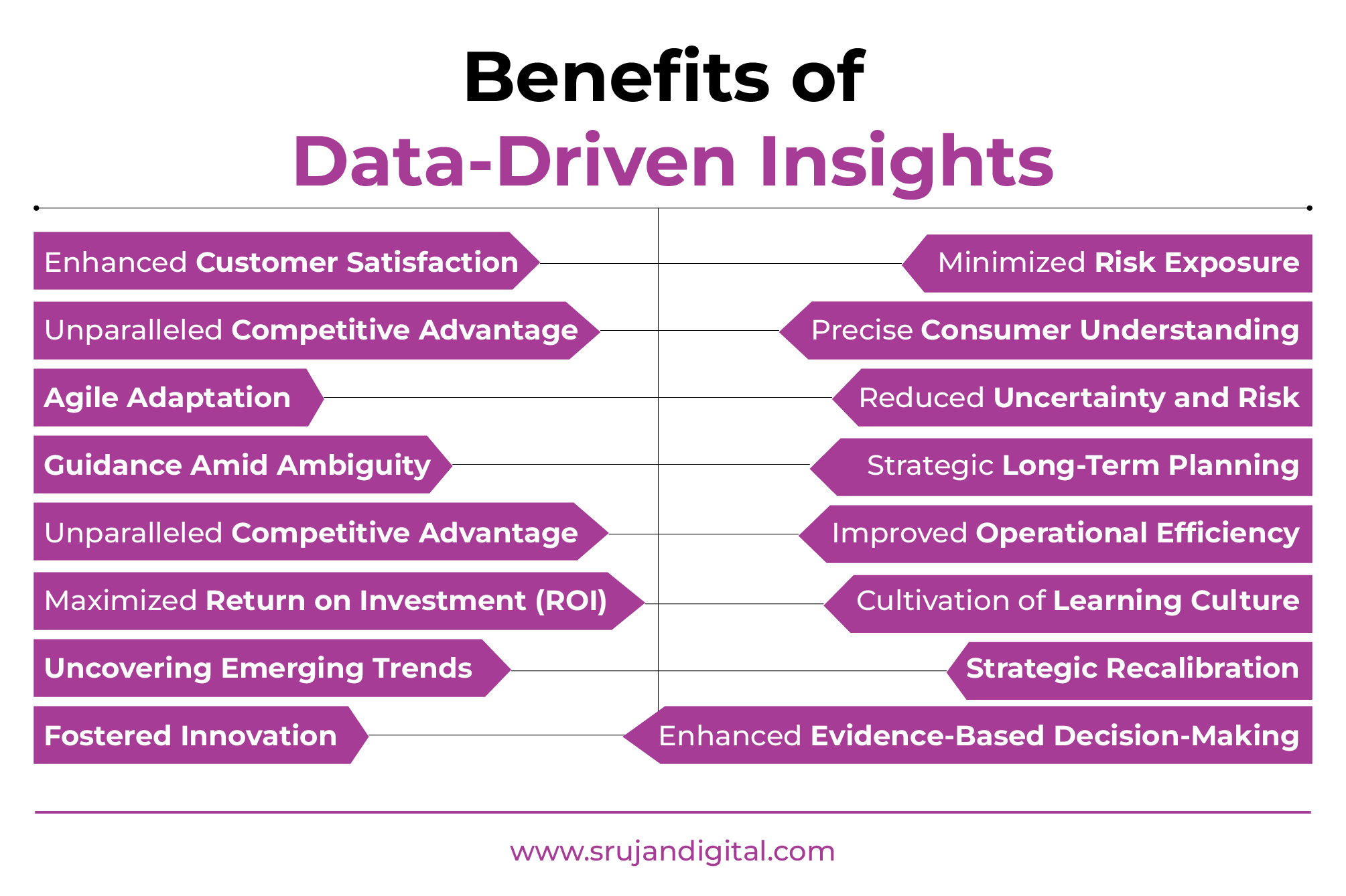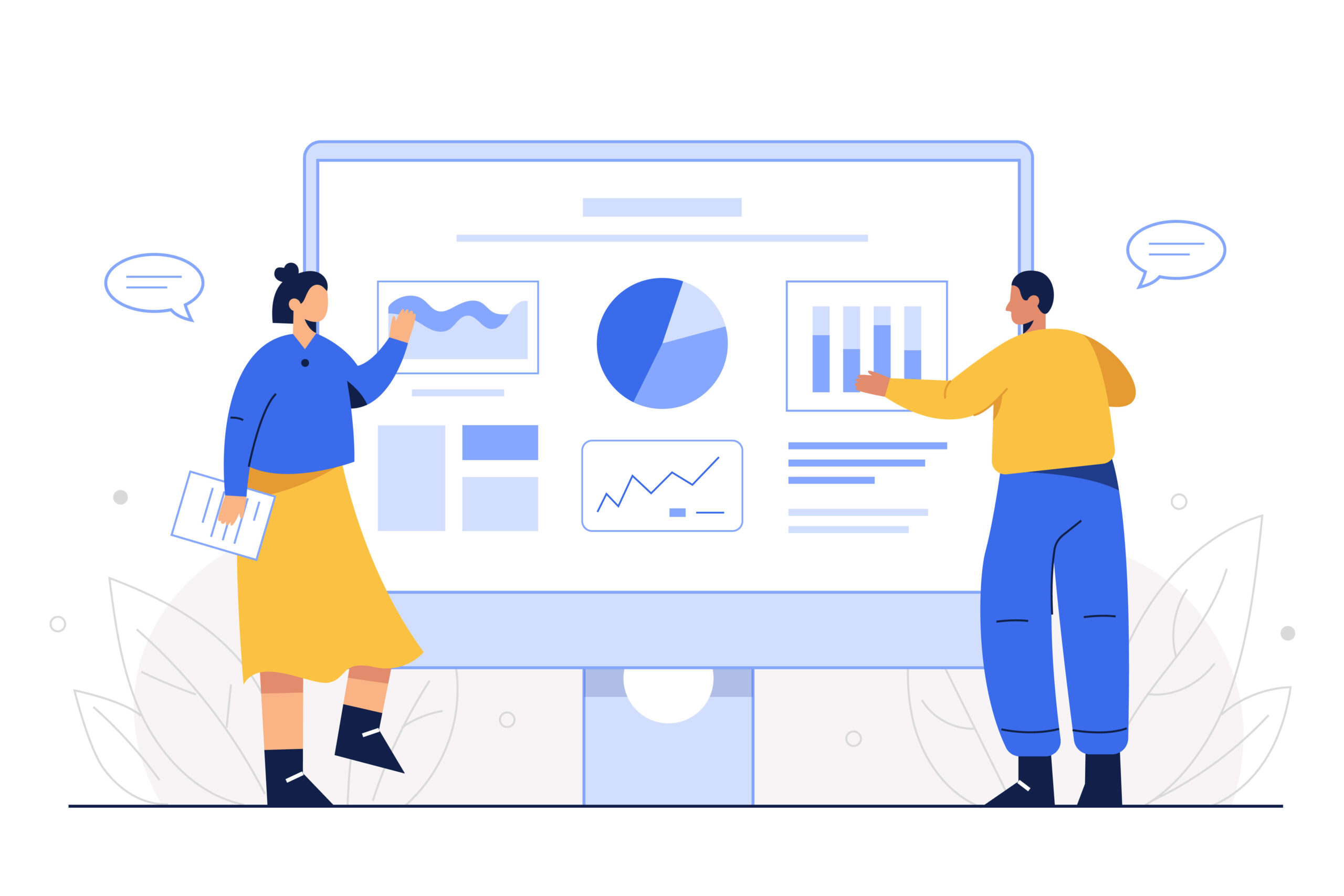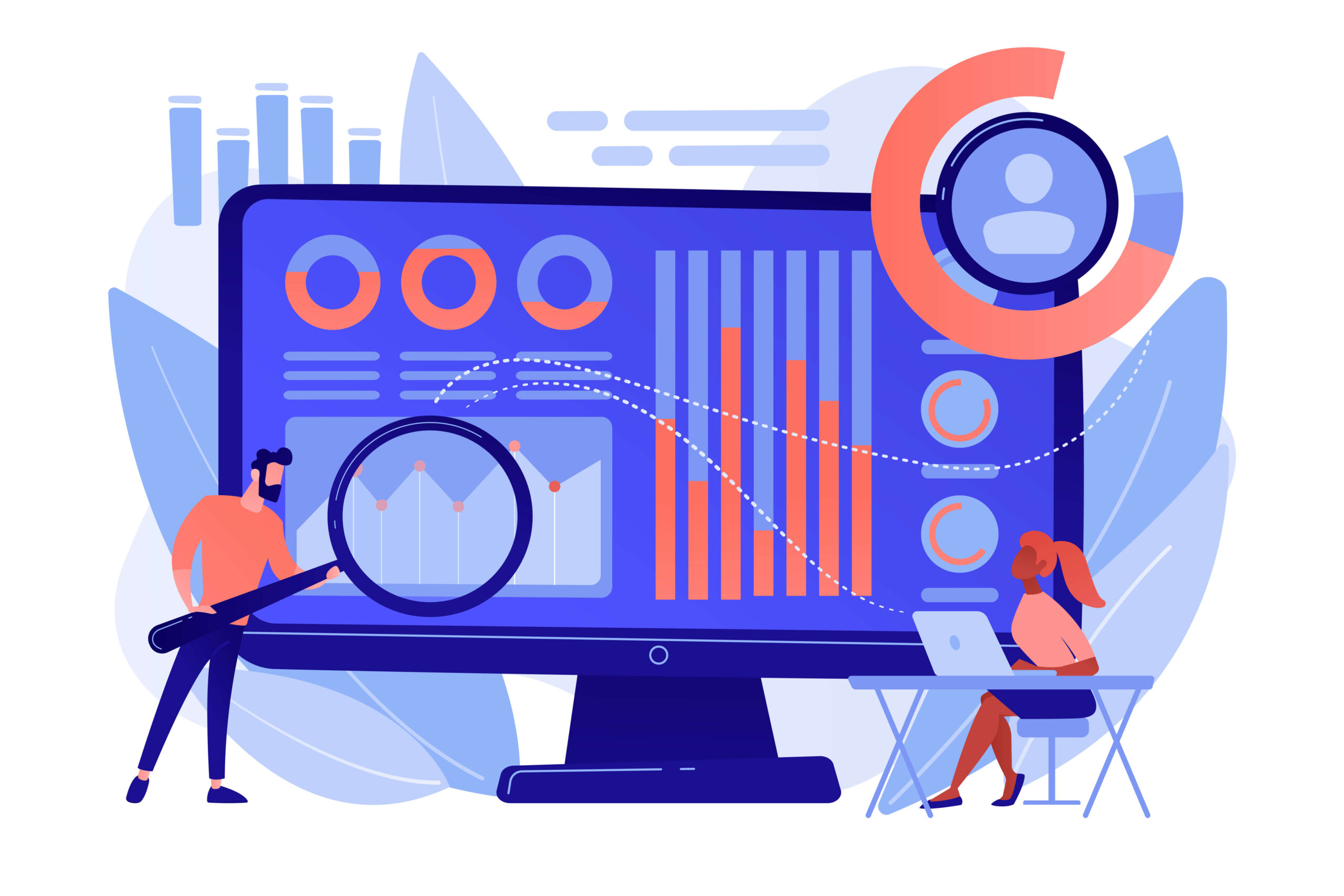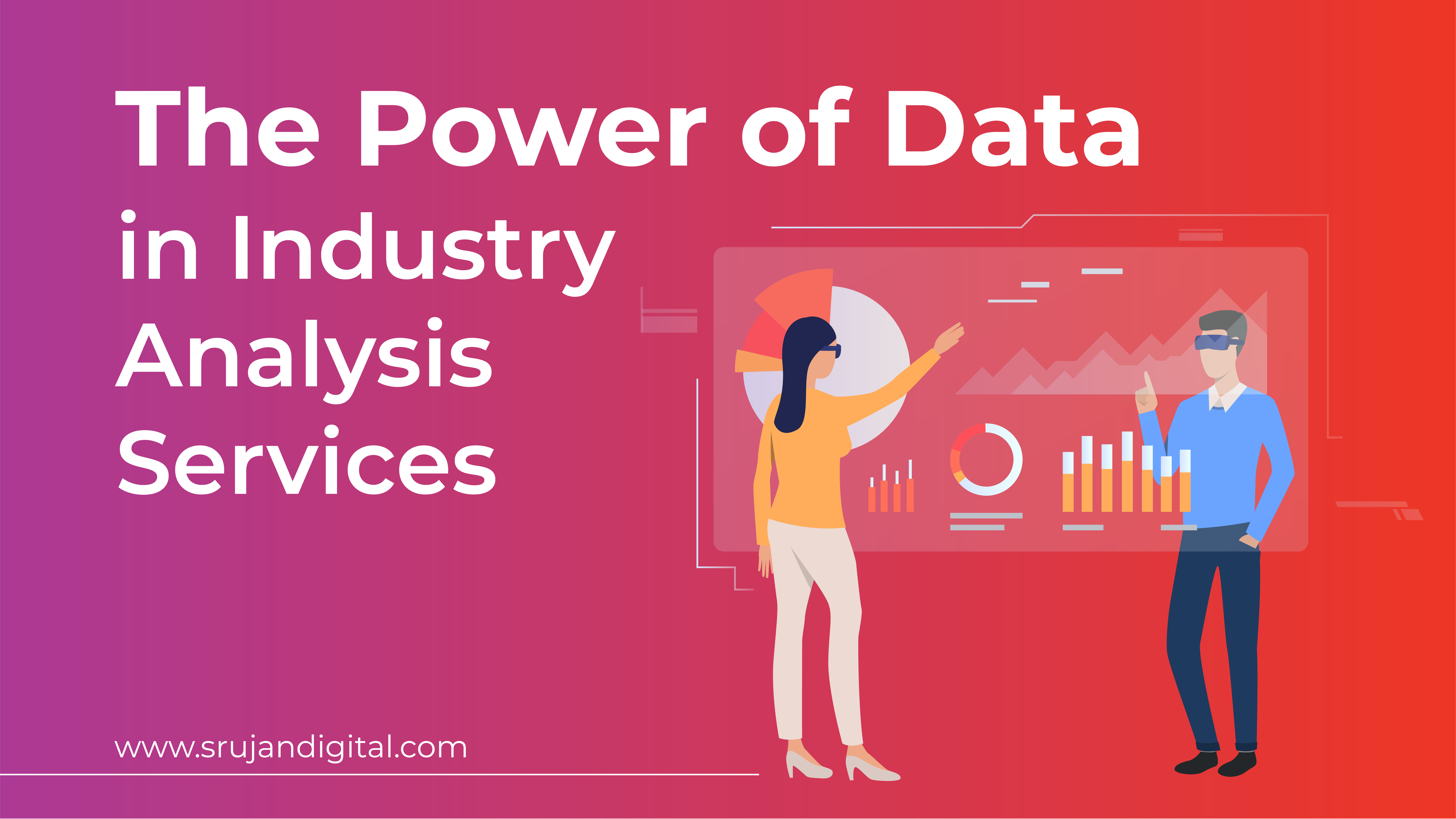In an era where business competition is fierce and consumer behavior rapidly evolves, staying ahead requires more than intuition—it requires data-driven insights. The Power of Data in Industry Analysis Services is akin to having a crystal ball that reveals valuable patterns, trends, and opportunities. As we delve into this article, we will uncover the transformative impact of harnessing data for industry analysis and decision-making.
The Role of Data in Modern Industry Analysis
In the realm of modern industry analysis, data assumes a role far more significant than raw numbers and statistics. It emerges as the North Star guiding businesses through complex landscapes. Just as a compass provides direction to travelers, data offers precise guidance to decision-makers. In today’s interconnected world, businesses have at their disposal a treasure trove of data points—ranging from customer preferences and market trends to economic indicators and beyond. It is through the careful analysis of these diverse data streams that the path to sustainable growth and competitive advantage becomes illuminated.
Benefits of Data-Driven Insights
Imagine decision-making without the influence of data-driven insights—a journey riddled with uncertainty and risk. Data-driven insights, on the other hand, bestow organizations with an unparalleled advantage. These insights act as a beacon of light in the midst of ambiguity. By dissecting complex data sets, businesses gain an understanding of consumer preferences with a level of precision previously unattainable. Furthermore, these insights uncover emerging market trends, enabling organizations to recalibrate their strategies to align with shifting demand. Such strategic alignment not only minimizes risk but also maximizes the return on investment, ensuring that each decision is backed by empirical evidence rather than mere conjecture.

Data Mining: Digging Deeper into Industry Trends
At the heart of modern industry analysis lies data mining—a process that involves extracting hidden patterns and valuable nuggets of information from vast and intricate datasets. This process of uncovering insights resembles an archaeological expedition, where skilled practitioners sift through layers of data to unveil treasures that inform critical decisions. Data mining unveils invaluable insights that aid businesses in understanding customer behavior, predicting market shifts, and optimizing their operations. Through this practice, hidden correlations and trends are brought to the surface, providing decision-makers with a multifaceted view of their industry’s landscape.
Utilizing Machine Learning for Pattern Recognition
While data mining relies on the expertise of analysts to identify patterns, machine learning takes this endeavor to the next level by automating pattern recognition. Machine learning algorithms, akin to diligent apprentices, analyze vast datasets to discern patterns that may elude human observation. What sets these algorithms apart is their capacity to continuously learn from new data, gradually refining their accuracy over time. In the context of industry analysis, machine learning algorithms are akin to reliable companions—offering actionable insights that drive competitive advantage.
Predictive Analytics: Shaping Future Strategies
Predictive analytics—a powerful facet of data analysis—combines historical data with real-time insights to forecast future trends and developments. Imagine having the ability to glimpse into the future, to anticipate shifts before they occur. Predictive analytics empowers businesses with precisely this capability. By recognizing early signals of change, organizations can pivot swiftly, aligning their strategies with forthcoming developments. Anticipating market shifts isn’t just advantageous—it’s a strategic necessity in today’s dynamic business landscape, ensuring adaptability in the face of uncertainty.
Visualizing Data: Enhancing Understanding
The sheer volume of raw data can be overwhelming, akin to staring at an intricate tapestry without comprehending its underlying patterns. Visualizations—graphs, charts, infographics—play a transformative role in this context, as they convert complex data into digestible insights. These visual representations function as interpreters, translating intricate statistics into a language that decision-makers and stakeholders can understand at a glance. By utilizing visualizations, businesses can expedite their decision-making processes, swiftly spotting trends, outliers, and correlations that might have otherwise remained hidden.
The Intersection of Big Data and Industry Analysis
The rise of Big Data—a term encompassing vast volumes of structured and unstructured data—has irrevocably transformed the landscape of industry analysis. This influx of data enables businesses to explore previously untapped realms of information, unveiling consumer sentiments, market dynamics, and more. In the past, certain insights may have been obscured due to limitations in data collection and analysis. With the advent of Big Data, businesses can now harness the power of information that was once beyond reach, reshaping the landscape of decision-making.

Overcoming Challenges with Data Implementation
The path to harnessing the power of data is not devoid of challenges. Companies embarking on this journey must navigate a series of hurdles, each demanding thoughtful consideration and strategic planning. Issues such as data quality, privacy concerns, and resource constraints necessitate proactive measures. However, the benefits of data-driven decision-making far outweigh these challenges, making diligent data management and implementation a crucial facet of modern business operations.
The Impact on Ecommerce: Empowering Amazon Sellers
In the realm of e-commerce, the role of data analysis is particularly pronounced. For Amazon sellers, data-driven insights can be the difference between success and stagnation. By analyzing customer behavior, sales trends, and competitive landscapes, Amazon sellers can optimize product listings, pricing strategies, and marketing campaigns. Data reveals which products are performing well, helping sellers focus their efforts on profitable ventures. Additionally, data-driven insights enable sellers to tailor their offerings to meet customer demands, leading to enhanced customer satisfaction and loyalty.
Real-world Success Stories
The transformative potential of data-driven industry analysis is vividly illustrated by real-world success stories. Take Airbnb, for instance—an online platform that optimized pricing strategies through data-driven insights. By analyzing vast amounts of data, Airbnb gained a nuanced understanding of supply and demand dynamics, thereby tailoring prices to optimize revenue and customer satisfaction. Similarly, Netflix employs data-driven algorithms to power its content recommendations, delivering personalized viewing experiences to millions of subscribers. These success stories underscore the profound impact of data in shaping business strategies and outcomes.
Ethical Considerations in Data Utilization
As organizations delve deeper into data utilization, ethical considerations emerge as a critical concern. Businesses have an ethical responsibility to safeguard customer privacy and handle data transparently. Utilizing data ethically entails obtaining informed consent from users, ensuring that data collection practices are transparent, and adopting robust security measures. Ethical data practices not only foster consumer trust but also safeguard a company’s reputation in an era of heightened data awareness.
Security Measures for Data Protection
In a digital landscape where data holds immense value, security measures are paramount. Data breaches can have severe consequences, ranging from financial losses to reputational damage. Robust cybersecurity measures are essential to safeguard sensitive information from unauthorized access, breaches, and cyberattacks. By ensuring the confidentiality and integrity of data, businesses can maintain customer confidence, adhere to industry compliance standards, and minimize the risk of data-related incidents.

Implementing Data-Driven Culture
Embracing data-driven decision-making requires more than adopting advanced technologies—it necessitates cultivating a data-driven culture. A data-driven culture permeates an organization’s ethos, guiding decision-makers to rely on data for insights and guidance. To foster such a culture, companies must invest in employee training, encourage curiosity, and promote a willingness to experiment. A data-driven culture isn’t just a strategy—it’s a fundamental mindset that empowers organizations to innovate, adapt, and thrive.
Conclusion
In the realm of industry analysis, data isn’t just a resource; it’s the compass guiding businesses through uncharted territories. The Power of Data in Industry Analysis Services is a beacon of precision, a source of insight, and a catalyst for growth. Embracing data-driven strategies empowers businesses to navigate complexity, make informed decisions, and carve a path toward lasting success.
FAQs
Q: How does data-driven analysis benefit smaller businesses?
A: Data-driven insights empower smaller businesses by leveling the playing field. They can optimize operations, personalize customer experiences, and identify niche markets.
Q: Is industry analysis solely about numbers?
A: No, industry analysis encompasses quantitative and qualitative data. It involves understanding market dynamics, consumer behavior, and economic trends.
Q: Can data analysis replace human intuition?
A: Data analysis complements intuition. While data provides evidence-based insights, intuition guides strategic thinking and innovation.
Q: How can businesses ensure data accuracy?
A: Data accuracy is vital. Regularly audit data sources, invest in data quality tools, and establish data governance protocols.
Q: What industries benefit most from data-driven analysis?
A: Virtually all industries benefit from data-driven analysis. From retail to healthcare, data insights inform decisions and drive growth.
Q: How can businesses navigate data privacy regulations?
A: Businesses must stay updated on data privacy regulations, implement robust security measures, and obtain explicit user consent for data usage.
Get data-driven insights and tap into the magic of data, as our analysts reveal trends, opportunities, and potential pitfalls.
Click the link below to schedule your Strategy Call with Srujan Digital’s experts now:
Schedule Your Call Today.




